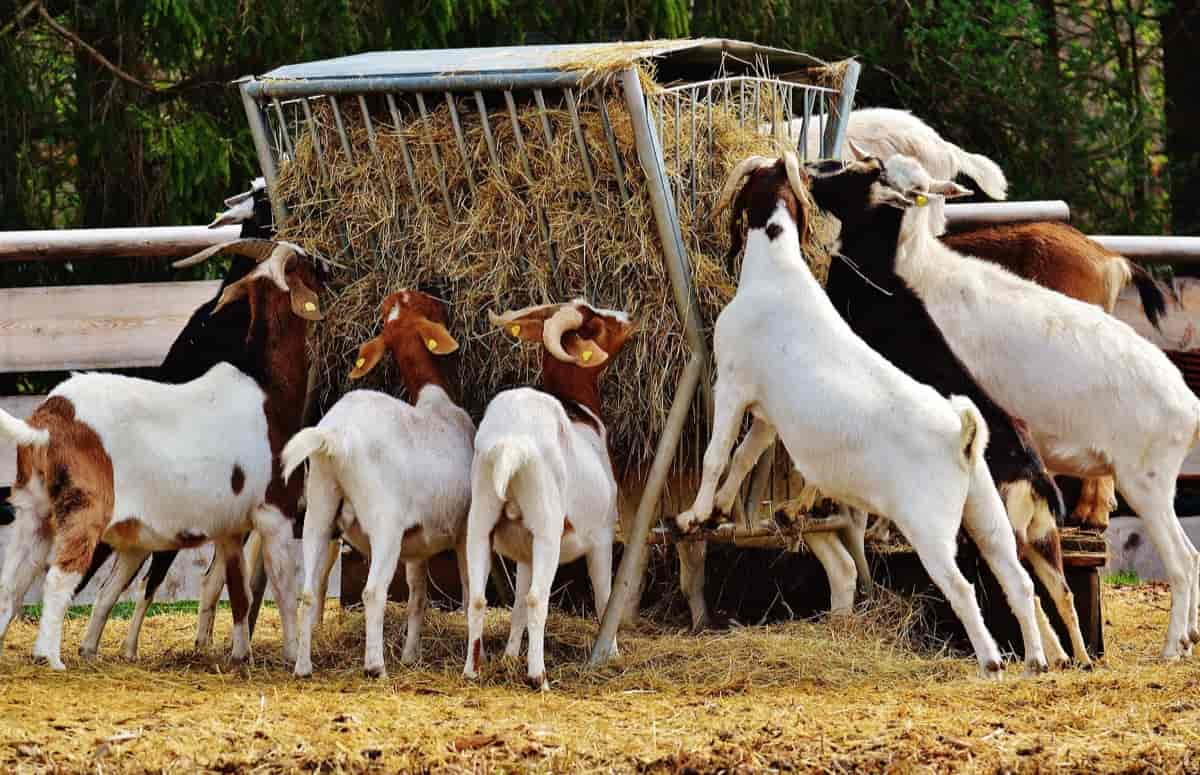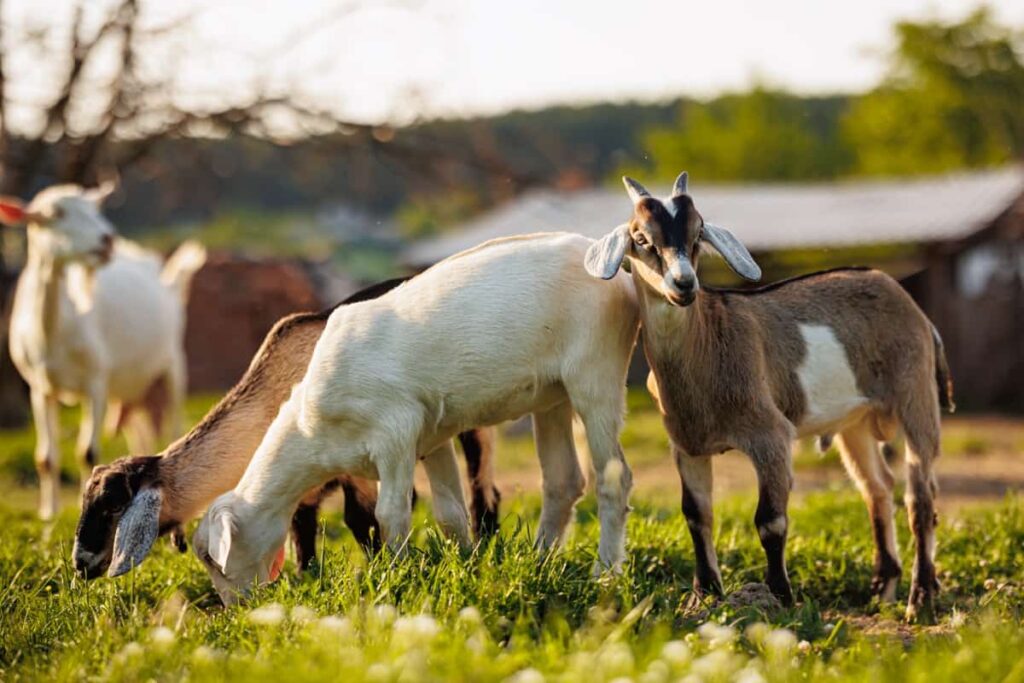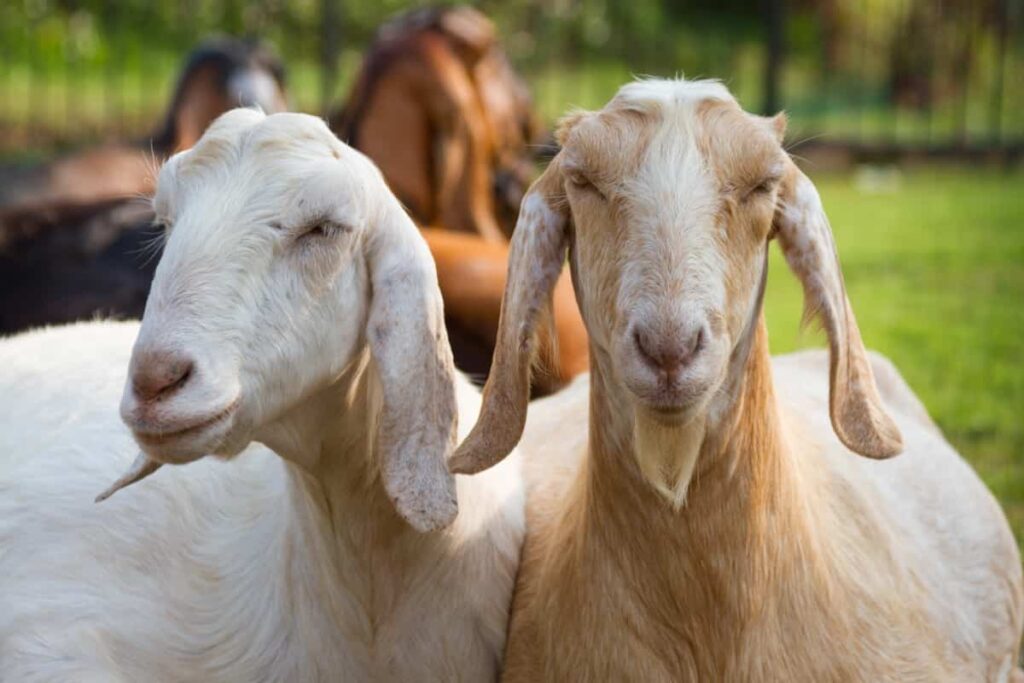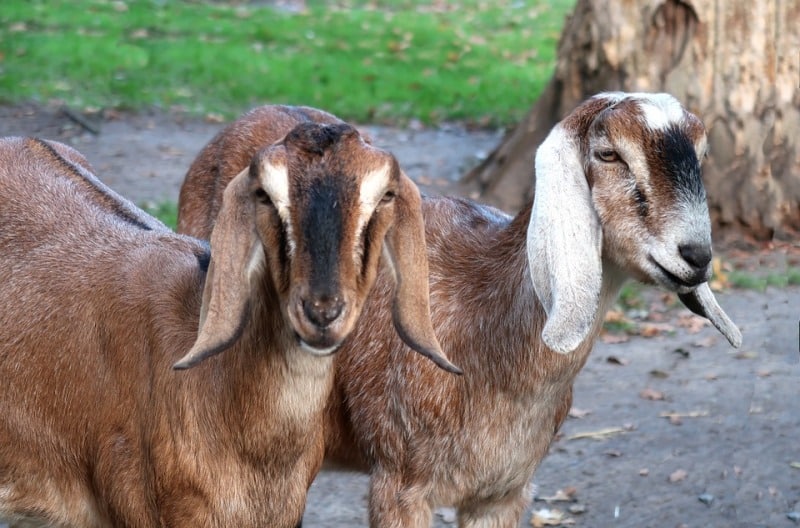Introduction: Goat farming in India has evolved from a traditional rural activity to a structured business model, contributing significantly to the nation's rural economy and employment landscape.
Beyond Meat & Milk: While meat and milk production remain primary objectives, the ultimate goal extends beyond. The focus now includes sustainable income generation, women empowerment, organic manure production, and encouraging entrepreneurship among rural youth.
Livelihood & Employment: Goat farming requires relatively low investment and offers fast returns. It helps small farmers and landless laborers earn a steady income, especially in arid and semi-arid regions where crop farming is limited.
Sustainability: Goats are efficient in converting low-quality forage into high-value protein. Their small ecological footprint makes goat farming a more sustainable livestock option in a changing climate.
Conclusion: The ultimate goal of goat farming in India lies in creating a self-sufficient, resilient, and inclusive rural economy. With proper training, veterinary support, and market access, goat farming can uplift thousands of families across the country.




